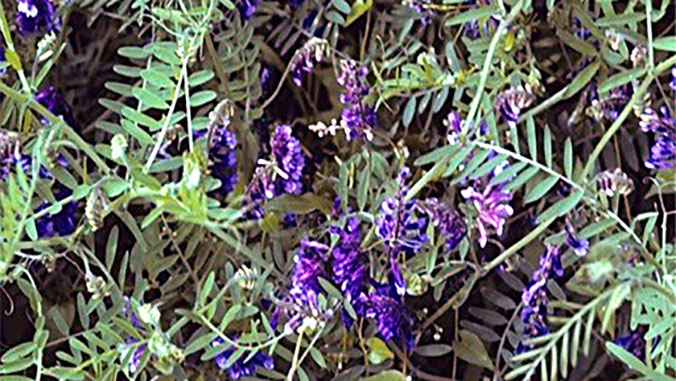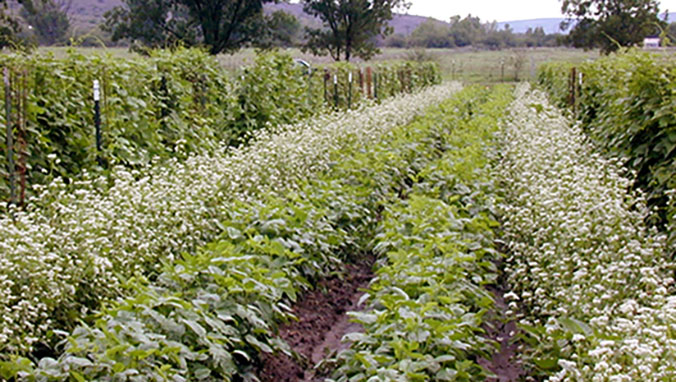
Cover crops, usually grown between the harvest and planting season of the main cash crop, are increasingly popular on America’s farms. From 2012 to 2017, their usage jumped by 50 percent to 6.2 million hectares.
The main reason is sustainability. Cover crops make soil healthier. They reduce erosion and help restore nutrients and carbon, and create the conditions where soil can better hold moisture. This all mitigates climate change and helps farmers adapt crops to hotter and drier conditions. Cover crops control weeds and pests, and they reduce the need for pesticides and chemical fertilizers.
In his newest study, Michael Kantar of the University of Hawaiʻi at Mānoa’s College of Tropical Agriculture and Human Resources (CTAHR) Department of Tropical Plant and Soil Sciences, argues that this essential sustainable farming practice needs more land for seeds.
“Water quality improvements are seen quite rapidly when you use cover crops,” said Kantar. “We know that cover crops work on individual farms, but it’s not feasible to scale up to industry levels that will benefit farms across the U.S. To move from field to landscape, we need to pursue this as a business venture, as well as doing the research.”
Planting millions of acres of cover crops will require huge amounts of land to produce enough seed. Without the right investment in improving cover crops, such as breeding for varieties that produce more seed, the land needed would likely cut into land used for food crops.
Kantar added, “We don’t want a food vs. environment debate. We want both: sustainability on a large scale, so individual farmers can still make a living. With a good business model, I believe we can make it happen across the entire farming sector. We just need a strategy that fits the market size and constraints.”
His paper, “The hidden land use cost of upscaling cover crops,” was published in Communications Biology, a Nature journal.
For the full story, visit CTAHR’s website.


